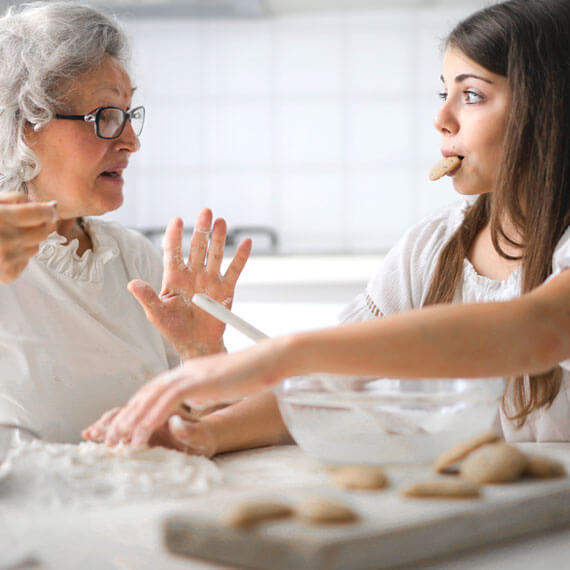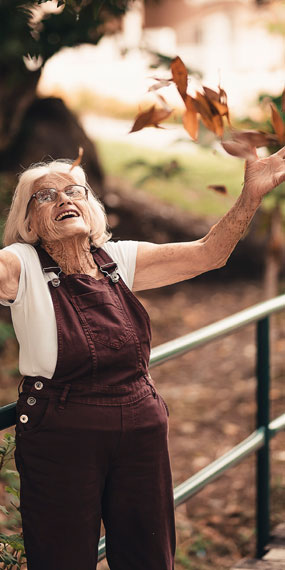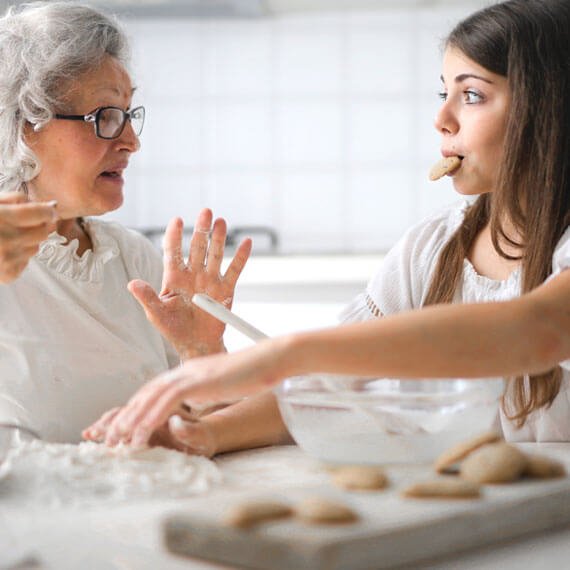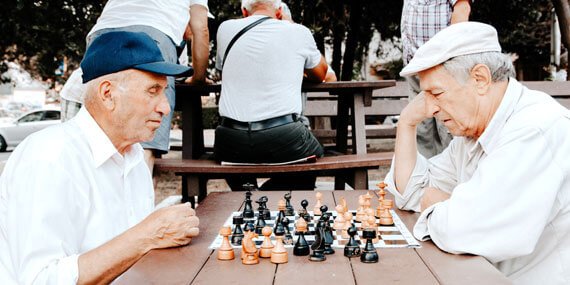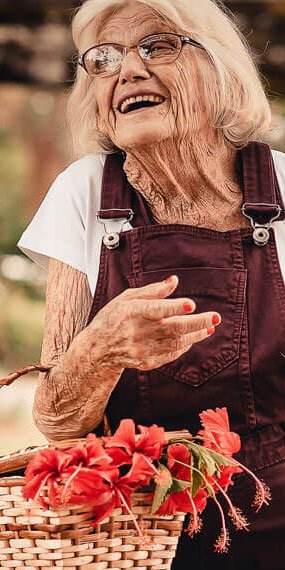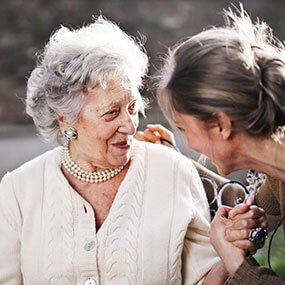Facilities
Features / 01
Helping seniors learn hobbies
Helping seniors learn new hobbies can be a fulfilling and enriching experience, providing opportunities for creativity, socialization, and personal growth. Here are some tips for supporting seniors in exploring and adopting new hobbies:
Identify Interests: Start by discussing the senior’s interests, passions, and past hobbies to gain insight into activities they may enjoy exploring. Consider their preferences, abilities, and any physical limitations when suggesting new hobbies.
Offer Guidance and Resources: Provide guidance and resources to help seniors explore potential hobbies, such as books, online tutorials, classes, or workshops. Offer to accompany them to hobby stores or community centers where they can learn more about different activities.
Encourage Creativity: Encourage seniors to unleash their creativity and try new things by exploring a variety of hobbies, from painting and crafting to gardening and cooking. Offer encouragement and positive reinforcement as they experiment and discover new skills.
Start Small: Begin with simple and low-pressure activities to help seniors build confidence and familiarity with their chosen hobby. Start with introductory projects or beginner-level classes before progressing to more advanced techniques or activities.
Provide Supportive Environment: Create a supportive and encouraging environment where seniors feel comfortable exploring and expressing their interests. Offer praise for their efforts and celebrate their accomplishments, no matter how small.
Facilitate Socialization: Encourage seniors to pursue hobbies that offer opportunities for socialization and connection with others, such as joining clubs, groups, or classes focused on their interests. Participating in group activities can enhance the enjoyment of hobbies and foster new friendships.
Adapt Activities: Be flexible and adaptable in selecting hobbies that accommodate any physical limitations or health concerns seniors may have. Look for modified or adaptive versions of activities that can be enjoyed comfortably and safely.
Embrace Technology: Introduce seniors to hobbies that incorporate technology, such as digital photography, online crafting communities, or virtual cooking classes. Provide assistance and support as needed to help them navigate technology and digital platforms.
Celebrate Progress: Recognize and celebrate the progress seniors make as they explore and develop their hobbies. Encourage them to set goals, track their achievements, and celebrate milestones along the way.
Lead by Example: Set a positive example by engaging in hobbies yourself and inviting seniors to join you. Share your own experiences, skills, and interests to inspire and motivate them to explore new activities.
By offering support, encouragement, and opportunities for exploration, caregivers can empower seniors to discover new hobbies, cultivate their interests, and enjoy a fulfilling and active lifestyle in their later years.
Features / 02
Providing best care for seniors
Providing the best care for seniors involves a comprehensive approach that addresses their physical, emotional, social, and practical needs while respecting their autonomy, dignity, and individual preferences. Here are some key principles and strategies for delivering high-quality care for seniors:
Person-Centered Care: Tailor care plans to meet the unique preferences, values, and goals of each senior, empowering them to make choices and maintain control over their lives to the greatest extent possible.
Safety and Well-being: Create a safe and supportive environment that promotes the physical and emotional well-being of seniors, including measures to prevent falls, medication management, and regular health assessments.
Compassionate Communication: Practice active listening, empathy, and compassion when communicating with seniors, fostering trust, understanding, and meaningful connections.
Holistic Approach: Address the physical, emotional, social, and spiritual dimensions of health and well-being, recognizing that each aspect is interconnected and essential for overall wellness.
Promoting Independence: Encourage and support seniors in maintaining their independence and autonomy for as long as possible, while providing assistance and support when needed to enhance quality of life.
Quality Nutrition and Hydration: Ensure access to nutritious meals, hydration, and snacks that meet individual dietary preferences and nutritional needs, promoting health and vitality.
Regular Exercise and Physical Activity: Encourage seniors to engage in regular exercise and physical activity appropriate for their abilities, promoting mobility, strength, balance, and overall well-being.
Social Engagement and Connection: Facilitate opportunities for social interaction, community engagement, and meaningful relationships to combat loneliness, isolation, and depression.
Cognitive Stimulation: Provide activities and programs that stimulate cognitive function, memory, and mental acuity, such as games, puzzles, lifelong learning opportunities, and cultural activities.
Respect and Dignity: Treat seniors with respect, dignity, and compassion, honoring their individuality, life experiences, and cultural backgrounds in all interactions and decision-making processes.
Collaborative Care Team: Foster collaboration and communication among care team members, including healthcare professionals, family caregivers, volunteers, and community resources, to ensure coordinated and holistic care.
Continuous Evaluation and Improvement: Regularly assess the effectiveness of care plans, gather feedback from seniors and their families, and implement changes as needed to continuously improve the quality of care and outcomes.
By adhering to these principles and strategies, caregivers can provide the best possible care for seniors, promoting their health, well-being, and overall quality of life as they age.
Features / 03
Environment home safety
Creating a safe and supportive environment within the home is essential for promoting the well-being and independence of seniors. Here are some key tips for ensuring home safety for older adults:
Remove Hazards: Identify and remove potential hazards such as loose rugs, cluttered pathways, and slippery surfaces to prevent falls and accidents.
Install Grab Bars and Handrails: Install grab bars and handrails in key areas such as bathrooms, hallways, and staircases to provide stability and support for seniors as they move around the home.
Improve Lighting: Ensure that the home is well-lit with bright, glare-free lighting to enhance visibility and reduce the risk of trips and falls, especially in areas such as staircases, hallways, and entrances.
Secure Carpets and Rugs: Use non-slip mats or double-sided tape to secure carpets and rugs to prevent them from slipping or bunching up, which can pose a tripping hazard.
Clear Pathways: Keep pathways clear of obstacles and clutter to allow for safe and easy navigation throughout the home, particularly in high-traffic areas and near frequently used furniture.
Make Modifications: Consider making modifications to the home, such as installing ramps, stairlifts, or widened doorways to accommodate mobility aids and ensure accessibility for seniors with mobility challenges.
Ensure Accessibility: Arrange furniture and household items to ensure that they are easily accessible to seniors, minimizing the need to reach, bend, or stretch, which can increase the risk of falls and injuries.
Use Assistive Devices: Provide seniors with assistive devices such as walkers, canes, and grabbers to help them safely perform daily activities and maintain their independence within the home.
Prevent Burns and Scalds: Set water heater temperatures to a safe level to prevent burns and scalds, and use caution when cooking with hot appliances or handling hot liquids.
Install Smoke and Carbon Monoxide Detectors: Install smoke alarms and carbon monoxide detectors on every floor of the home and test them regularly to ensure they are functioning properly.
Emergency Preparedness: Develop an emergency plan and ensure that seniors know how to access emergency services, evacuate the home safely, and communicate their needs to caregivers or first responders.
Regular Home Safety Checks: Conduct regular home safety checks to identify any new hazards or potential risks, and make necessary adjustments to maintain a safe and secure environment for seniors.
By implementing these home safety measures, caregivers can create a supportive and nurturing environment that promotes the health, safety, and independence of seniors as they age in place.

